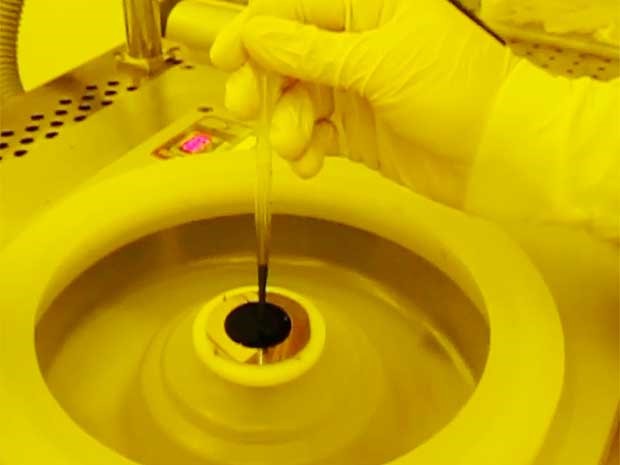
Mar 28, 2017
In the late 1970s, comic Steve Martin, a relative unknown in the public conscious, hit the big- time with a catch-phrase, "Let's get small!"
The scientific research world, especially since nanotechnology emergence in the 1980s, has taken Martin's credo to heart in its relentless attempts to manipulate matter at the level of atoms. In the semiconductor industry, the development of nanomaterials has given rise to the integration of components of an electronic system into a single chip, as we've seen with smartphones, for example.
With the development of technologies that allow for the fabrication of nanofilms, the era of “nanoelectronics” has arrived, surely. Interest in nanoelectronics derives from the ongoing trend toward miniaturization, driven by the need to fabricate a new generation of devices that are not only smaller in size but also characterized by lower power consumption and higher speeds for data transmission
Recently, a company developed a variation on chemical vapor deposition (CVD) technology that could allow for even smaller chip packaging. This variation, dubbed SMOLTEK Tiger, was designed by Swedish-based company Smoltek AB.
Chemical vapor deposition for carbon nanostructure fabrication involves introducing gaseous reactants, or catalysts, into a furnace to form a film on a metal substrate typically made of copper. The nanostructures can be engineered to grow by varying parameters such as the materials amounts and when they are introduced.
Smoltek secured its patent protection by the ability to precisely control the location and density of the resulting growth, variable from dense film to exactly located individual nanostructures.
CONTROLLED GROWTH ON A SUBSTRATE USING CVD
This precision of Smoltek's CVD process allows the resulting growth to become higher quality, the linchpin of technology's offering. The company's process differs from typical CVD processes by adding two layers to the CVD process. A control layer, the first layer added, regulates the growth of the specific nanostructures.
The addition of a second layer, the "help layer," keeps the underlying surface from damage caused by materials used during the growth process.
Their unique CVD process functions at temperatures less than 400 degrees Celsius, which allows the process to accommodate complementary metal-oxide semiconductor components and processes.
CONTROLLING THE INTERACTION BETWEEN LAYERS
According to the company's paper that describes the technology, "the third extension of the core technology brings the flexibility to tailor and impact the growth mechanism through having a mismatch of 'grain layer'—distributions of the catalyst layer and the layer to grow on."
Smoltek claims the control enables interactions between the layers, as well as the growth parameters and the properties of grown nanostructures.
BCC Research anticipates the global market for sputtered films and sputtering targets to reach over $3.2 billion by 2021 from nearly $2.9 billion in 2016 at a compound annual growth rate (CAGR) of 2.2%, from 2016 to 2021.

Biophotonics: Technologies and Global Markets (PHO024B)

Global Trade: A Strategic Shift The global trade environment is undergoing a dra...

The global demand for cutting-edge materials continues to rise, and at the foref...

We are your trusted research partner, providing actionable insights and custom consulting across life sciences, advanced materials, and technology. Allow BCC Research to nurture your smartest business decisions today, tomorrow, and beyond.
Contact UsBCC Research provides objective, unbiased measurement and assessment of market opportunities with detailed market research reports. Our experienced industry analysts assess growth opportunities, market sizing, technologies, applications, supply chains and companies with the singular goal of helping you make informed business decisions, free of noise and hype.